Exam practice
GCSE Biology: exam-style quiz by topic
Try this quiz based on GCSE Biology past papers. Choose the topic you would like to revise and answer the questions.
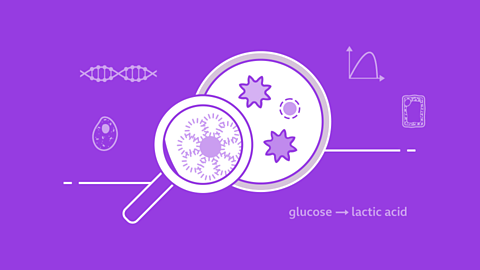
GCSE Biology: exam-style questions
CCEA GCSE foundation and higher triple science exam practice with Bitesize interactive quizzes covering feedback and common errors in cells, organisation and more.
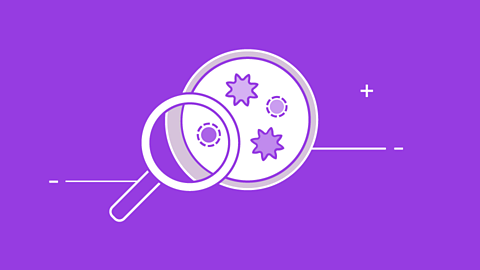
GCSE Biology: quick-fire questions
Foundation and higher exam quiz based on CCEA GCSE biology past papers to boost your revision in photosynthesis, respiration, plant disease and more.

Quizzes
QUIZ: Vaccinations and antibiotics
This interactive quiz is suitable for GCSE Biology (single science) students studying treating and preventing diseases - through the provision of vaccinations and antibiotics.
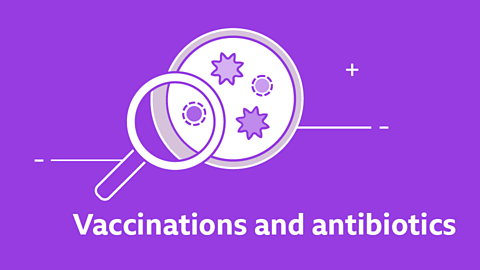
QUIZ: Bacterial growth and drug discovery
This interactive quiz is suitable for GCSE Biology (single science) students studying bacterial growth and how medicines have been developed to fight illness.
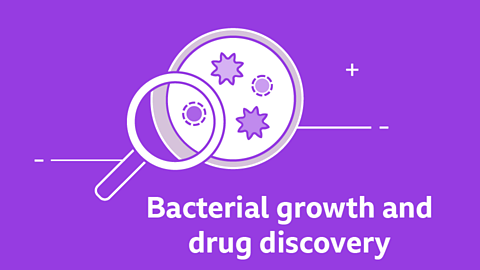
QUIZ: Decomposition
This interactive quiz is suitable for GCSE Biology (single science) students studying decomposition and the rate of decay under various circumstances.
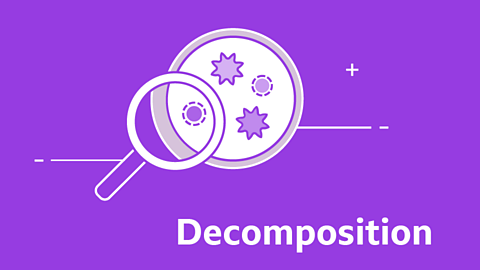
Cells
Microscopy, size and magnification (CCEA)
To examine cells and learn more about their structure, we need to be able to see them in very fine detail.

Cells and specialisation (CCEA)
Plants and animals consist of different types of cell that work together. Animal and plant cells have certain structures in common. Many cells are specialised and are adapted for their function.

Diffusion (CCEA)
Diffusion is the random movement of a substance from a region of high concentration to a region of low concentration.

Living processes
Photosynthesis and plants (CCEA)
Green plants absorb light in their leaves and convert it to energy by photosynthesis.
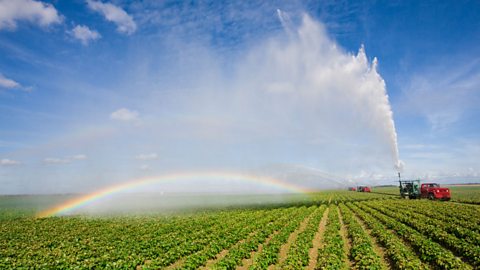
Nutrition and food tests (CCEA)
Food provides energy and nutrients. The different components of our diet have different sources and functions.

Enzymes and digestion (CCEA)
Enzymes are proteins that act as biological catalysts, meaning they speed up reactions without being used up.

The respiratory system, breathing and respiration (CCEA)
The human respiratory system is adapted to allow air to pass in and out of the body, and for efficient gas exchange to happen.
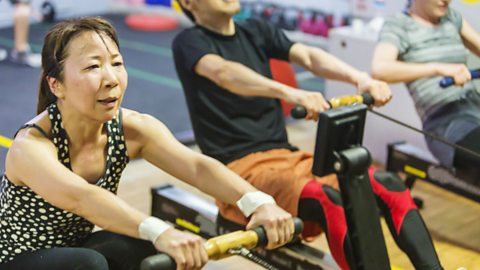
The nervous system (CCEA)
The brain and spinal cord form the central nervous system (CNS). The CNS controls and coordinates responses between receptors and effectors.
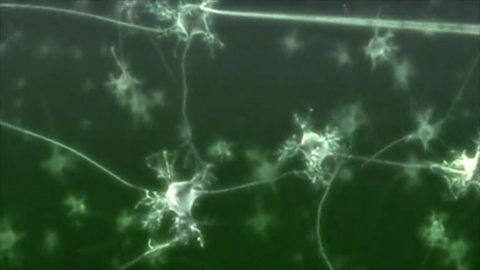
Hormones (CCEA)
Learn about hormones and their effect on our body.
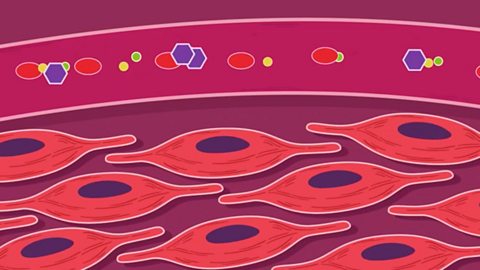
Biodiversity
Fieldwork and competition (CCEA)
The distribution of organisms in a habitat may be affected by physical factors, such as temperature and light.
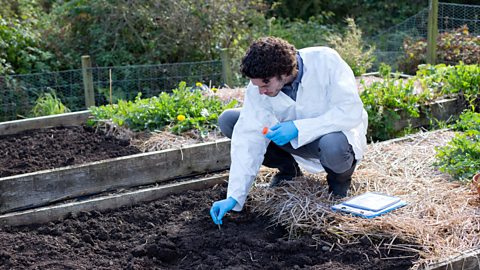
Ecological relationships and energy flow (CCEA)
The Sun is the original source of energy for almost all organisms on the Earth. The way energy passes through an ecosystem is described as energy flow.

The carbon cycle and decomposition (CCEA)
Within an ecosystem, nutrients (such as carbon or nitrogen) are continually recycled.
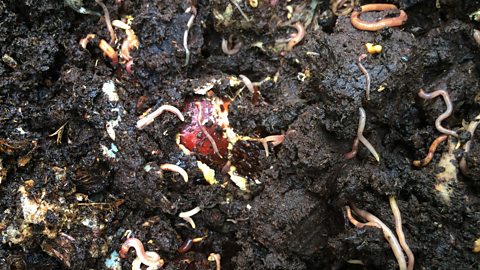
Global warming, human activity and biodiversity (CCEA)
There is increasing evidence that the level of carbon dioxide in the Earth’s atmosphere is rising. There is also evidence that humans are responsible for this rise.
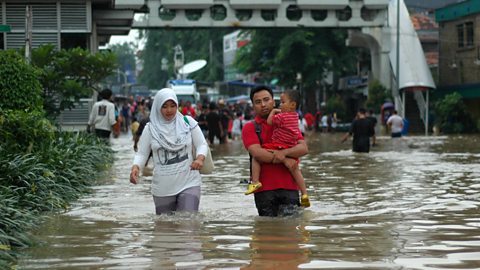
The nitrogen cycle, minerals and eutrophication (CCEA)
Nitrogen gas makes up 78% of Earth’s atmosphere and is an essential component in amino acids and proteins.

Body systems
Osmosis and plant transport (CCEA)
Osmosis is the diffusion of water molecules from a dilute solution (high concentration of water) to a more concentrated solution (low concentration of water) across a selectively permeable membrane.
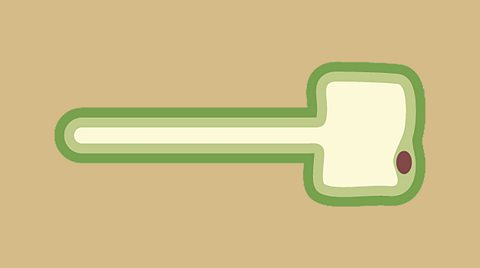
The circulatory system (CCEA)
Blood is pumped away from the heart at high pressure in arteries, and returns to the heart at low pressure in veins. The human circulatory system is a double circulatory system.
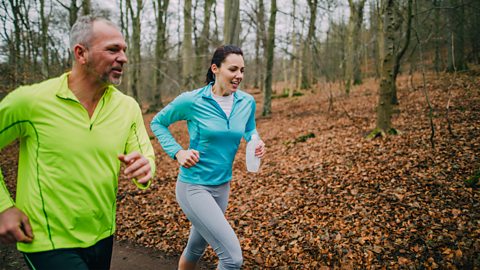
Reproduction, fertility and contraception (CCEA)
Most animals carry out sexual reproduction. Sexual reproduction involves the joining of two sex cells (gametes) – the sperm (male gamete) and the egg/ovum (female gamete).

Genetics
Chromosomes, genes and DNA (CCEA)
Chromosomes are made from DNA. Genes are short sections of DNA. DNA carries genetic code that determines characteristics of a living organism.
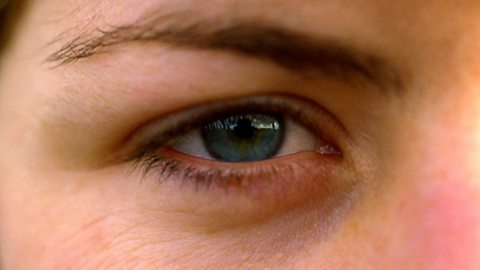
Cell division (CCEA)
Mitosis makes identical cells, meiosis makes gametes.
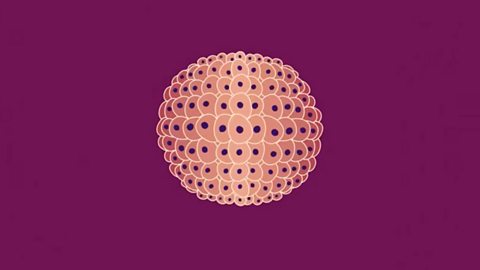
Genetic diagrams and terminology (CCEA)
Genetic diagrams show how characteristics are inherited. Alleles can be recessive, dominant or codominant genes.

X and Y chromosomes and genetic screening (CCEA)
Sex is controlled in humans by the X and Y chromosomes. Genetic screening involves testing people or groups of people for the presence of a particular allele or other genetic abnormality.

Genetic engineering (CCEA)
Genetic engineering is a process that modifies the genome of an organism to introduce desirable characteristics.
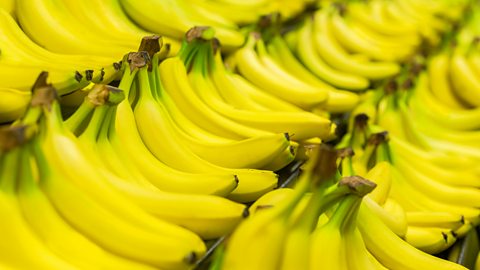
Variation and natural selection (CCEA)
Organisms of the same species vary in many ways. There are two types of variation – continuous and discontinuous. Natural selection explains how evolution occurs.
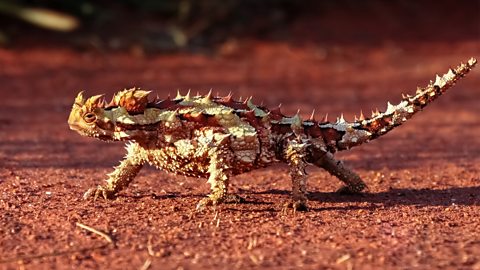
Health, diseases and micro-organisms
Communicable diseases (CCEA)
A communicable disease (usually caused by a microorganism such as bacteria, virus or fungus) can be passed from one organism to another.
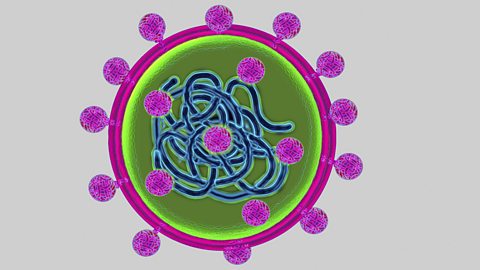
Aseptic techniques (CCEA)
Aseptic techniques are used when working with bacteria and fungi.
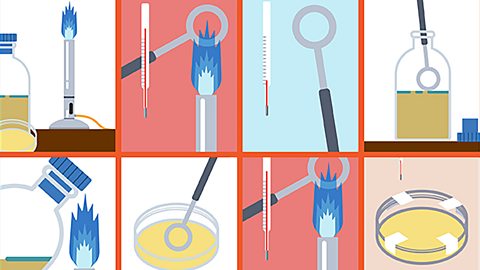
Defence mechanisms (CCEA)
The body has adapted defence mechanisms to protect itself against the entry of microorganisms.
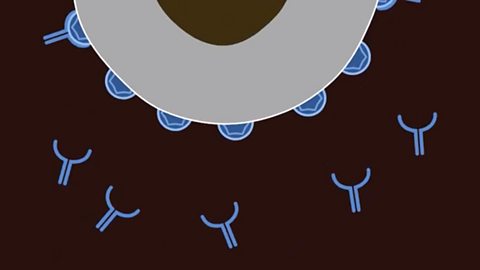
Non-communicable diseases (CCEA)
A non-communicable disease is not passed from one organism to another. They are not infectious.
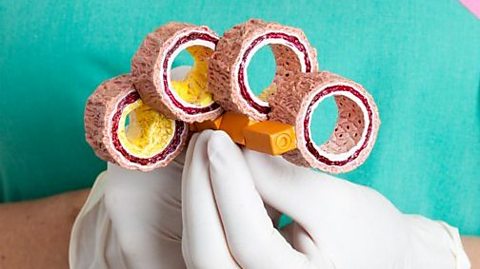
Practical skills
Planning an investigation (CCEA)
Before planning an investigation you need to identify the variables.

Carrying out an experiment (CCEA)
It is essential to learn the relevant practical skills in order to carry out experiments.
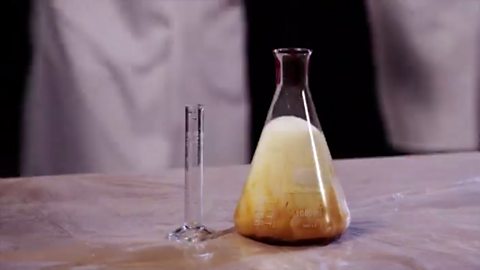
Analysing experimental data (CCEA)
Find out how you can analyse, interpret and critically evaluate a range of experimental data.
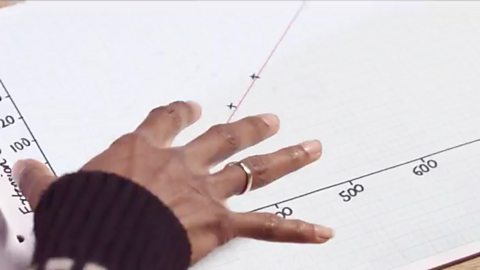
Drawing conclusions from an experiment (CCEA)
A conclusion is a judgement reached at the end of an investigation using data and/or observations gathered.
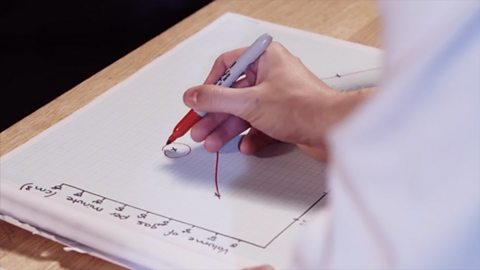
Links
- External linkExternal link
- External linkExternal link
- SubscriptionSubscription
- External linkExternal link
- External linkExternal link
- SubscriptionSubscription
- External linkExternal link
- External linkExternal link
- SubscriptionSubscription